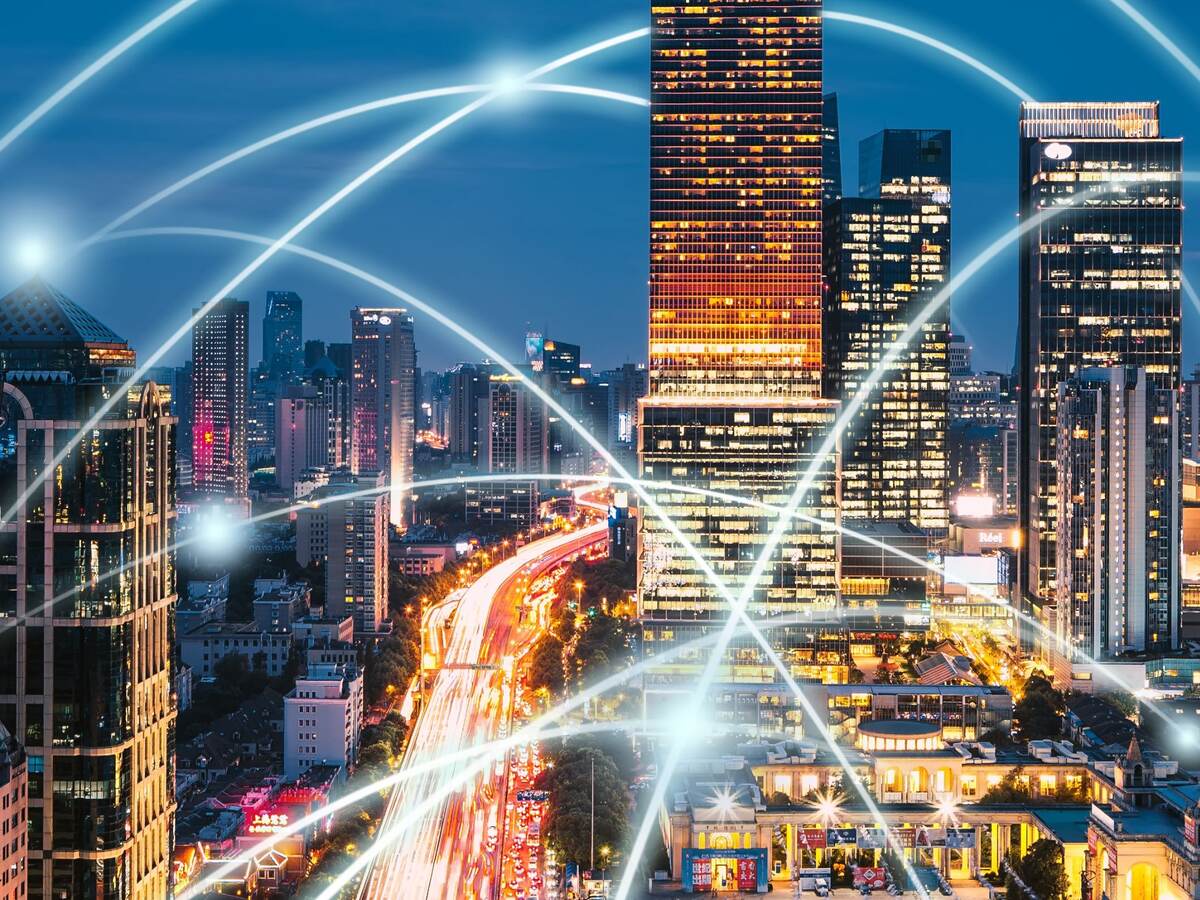
Technology of IoT Systems
As a global safety science leader, UL Solutions helps companies to demonstrate safety, enhance sustainability, strengthen security, deliver quality, manage risk and achieve regulatory compliance.
See how we put safety science to work to help create a safer, more secure and sustainable world for you.
Explore our business intelligence-building digital tools and databases, search for help, review our business information, or share your concerns and questions.
Accelerate your planning process and learn the requirements needed to take your products to market worldwide.
A secure, online source for increased visibility into your UL Solutions project files, product information, documents, samples and services.
Access UL certification data on products, components and systems, identify alternatives and view guide information with Product iQ.

ULTRUS™ helps companies work smarter and win more with powerful software to manage regulatory, supply chain and sustainability challenges.
An in-depth examination of smart cities, including power grids, bridge monitoring and drones, and a systems-oriented approach to evaluating complex IoT ecosystems.

This white paper discusses the technology and usages of Internet of Things (IoT) systems in general, as well as specific concerns with respect to human factors, interoperability and resiliency.
After a general overview of IoT systems, the document provides a more in-depth examination of smart cities with a focus on smart grids, bridge monitoring and drones as they relate to the smart city and IoT systems.
Then, it examines the IoT services UL Solutions currently offers, followed by a systems-oriented approach to complex IoT system evaluation and how the system development life cycle (SDLC) may be used to approach such a complex evaluation by applying the V-model. Finally, this paper looks at some of the future growth areas in IoT — namely, security and interoperability.
The Internet of Things is a network of physical objects that contain embedded technology to communicate, sense or interact with their internal states and the external environment (Gartner, 2019).
Simply put, these things, i.e., devices, can send and receive data and connect to the internet via various protocols: Wi-Fi, LPWAN, Zigbee, Bluetooth®, GSM/5G, proprietary networks and others (Badii et al., 2020).
A typical IoT system consists of components such as devices, network connections, data management (cloud or premises) platforms and applications. IoT systems are complex in terms of hardware and software, supported by a continuously growing ecosystem of original equipment manufacturers (OEMs), suppliers, system integrators and users.
Many different categories of IoT exist, including building automation, industrial, agricultural, smart city, medical and military. Most people are familiar with the virtual assistant and home automation IoT ecosystems based around Amazon Alexa and Google Home devices. These devices integrate with many other third-party sensors and systems (smartphones, wearable devices, thermostats, lighting, televisions, computers, appliances, security systems, cameras, etc.) to enable remote control, automation and monitoring.
On a larger scale, an industrial IoT system may link various machinery and power distribution in a manufacturing facility. A smart city may integrate parking, autonomous vehicles (AVs), street lighting, renewable energy sources, traffic and bridge monitors in an urban area.
A smaller-scale IoT ecosystem might include an implanted medical device, such as a pacemaker with a wearable smartwatch for monitoring, or a sensor in a hospital bed linked with the nurse’s station. IoT is not limited to urban settings, either — IoT in agriculture can be used for monitoring crops, weather conditions and soil quality, all to promote higher yields and protect the environment.
Each system can include a multitude of devices and connection methods, and each comes with its own set of challenges for integration and operation. Security remains one concern and proves a top priority the attack surface increases as more devices are connected to network infrastructures. Malicious actors have used printers, voice over Internet Protocol (VoIP) phones, video decoders and other IoT devices to penetrate targeted computer networks (Goodin, 2019).
Many concerns can be found with respect to the systems' human factors, interoperability, reliability and resiliency. This whitepaper looks at the specific example of the smart city and how human factors, interoperability and resiliency may be affected at various levels of the system.

Technology of IoT Systems
Thanks for your interest in our products and services. Let's collect some information so we can connect you with the right person.
We'll review your message carefully and get back to you as quickly as possible. To help ensure that you receive our reply, please add our domain @insights.ul.com to your list of approved contacts.